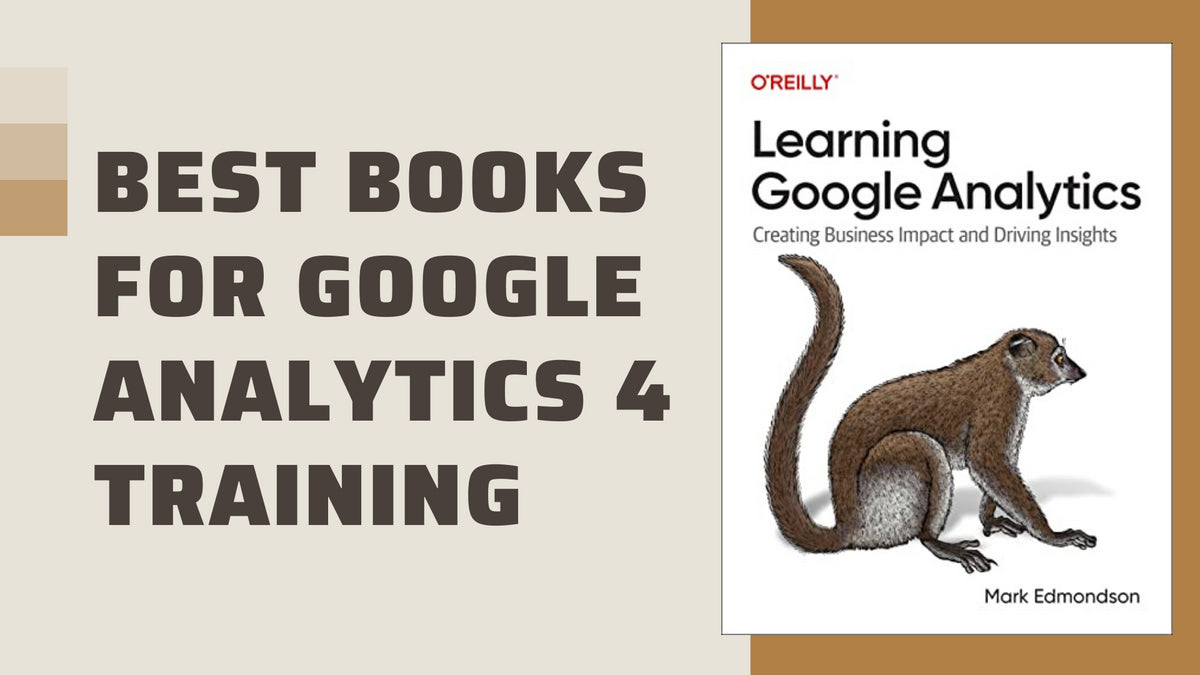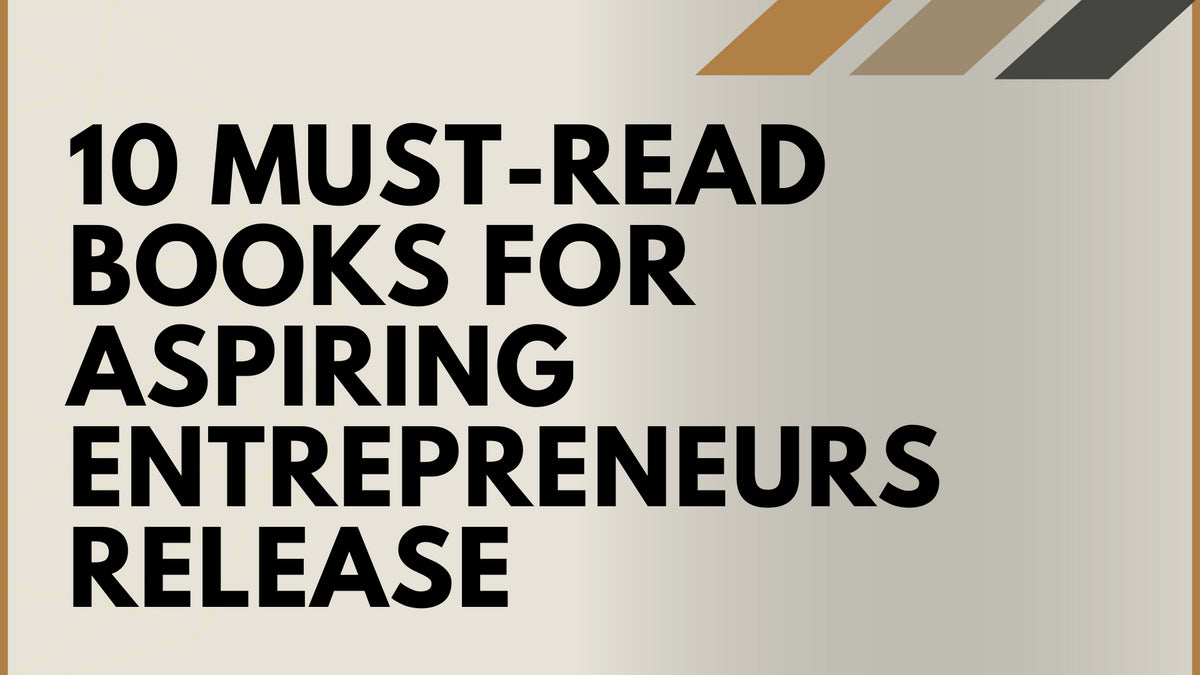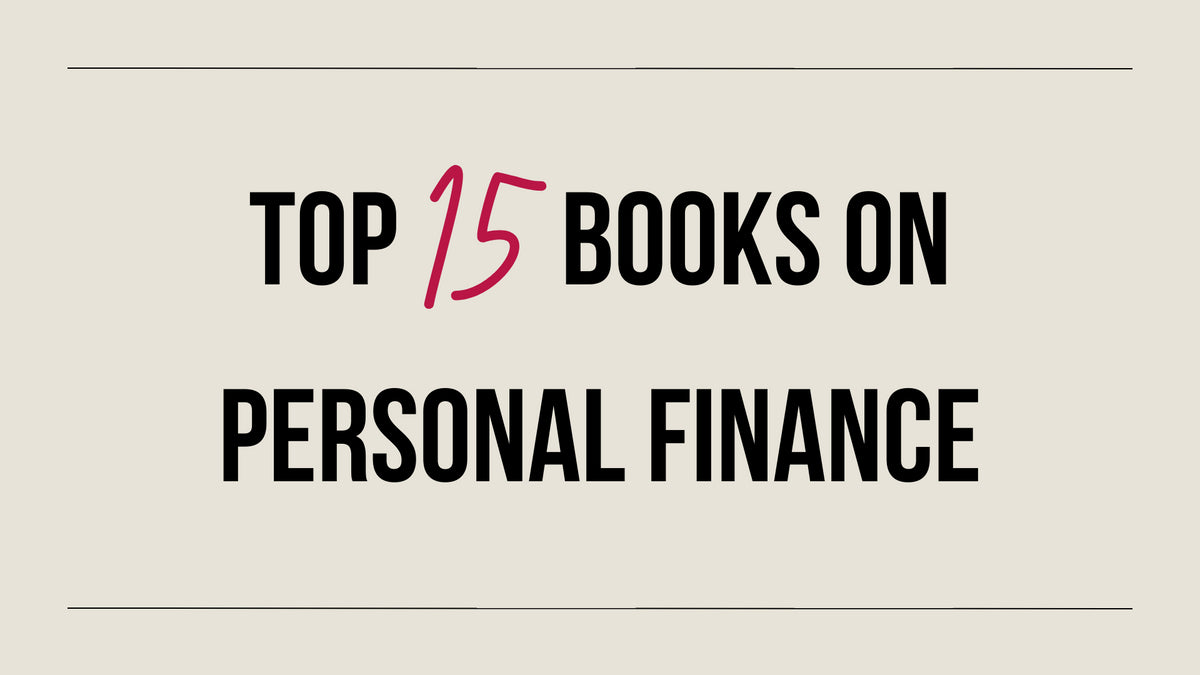Your Cart is Empty
Antifragile Book Summary: Failure Is Part Of Success
Listen To This Article
Without Failure There Is No Success
Antifragile shows us how some systems prosper from shocks and uncertainty as opposed to breaking away from them, and how one can be more antifragile to thrive in a world full of chaos and uncertainty.
Lessons Of Success After Failure
- Fragile objects tend to be volatile while there is resistance in robust objects, antifragile objects benefit from volatility.
- This system works because when under stress, they gain more capacity.
- Failure and success from parts of the system serve as crucial feedback.

Featured In This Review
Antifragile
$16.69
Turning failure into success is a must in business. This book will show you why failing is a requirement for success. Without it you will eventually be crippled by small issues. We must become antifragile to thrive.
SHOP NOWAntifragile Book Summary
Fragile things break under stress while antifragile items get stronger. What does that mean?
Things that are fragile, for example, glass break easily. However, things that are able to endure change and tough conditions are known as robust. How about those that benefit both from being fragile yet robust? The author calls this antifragile. The author of the book The Messy Middle also stresses the importance of this in building and selling Behance.
These are things that can benefit from both volatility and change. Something fragile means that you have more to lose than gain. Antifragile is the opposite, you have more to gain than lose.
In the case of transporting glass, one puts it in a protective casing. This may fall and break hence being fragile. However, if steel is put in the same box, it has no effect if dropped as it is antifragile.

For one to be antifragile, one has to learn how to benefit from volatility and not be indifferent from it. A good example of this is the ancient mythological serpent Hyrda. Each time it had its head cut off, two heads would grow back. This is a good example of antifragile. I recommend the book Sticky Branding to learn how to build a defensible position here.
Becoming antifragile means one is braced for uncertainty. This is done by preparing for all possible scenarios. In Ray Dalio’s book Principles, he also talks about how 'you can prepare, but not predict.' This mindset can be seen in smart investments, where most of your money is put on safe bets while a small portion is used for big wins or losses.
For a system to be antifragile, individual elements must be fragile.
To fully capture the concept of antifragile systems, one may look into the evolutionary process. This process is widely antifragile. Humans evolved from ancestors who had the genetic features that helped them survive the most and offered success. As a result, many humans passed away before we could be here.

Species are normally fragile as they easily die. However, as a result of life and death, we can use this as indicators of success as well as failure. Evolution, therefore, is antifragile.
Another example is our human hands. They were not built equipped to handle tools well. However, through evolution, it was evident the more equipped our hands got for tools, meant we survived for longer. This was stored in our genetic code and passed down from year to year.
Want to buy a book review like this?
Click here to learn how to get your book reviewed!
For an antifragile system to operate, there have to be individual parts that are fragile. These successes and failures offer important information, which can be used to better chaotic circumstances. The book GRIT is all about improving and what it takes to actually get better.
Stress builds an antifragile nature.
Imagine you are lifting weight in the gym. Rep after rep of heavy lifting and you feel the burn. You decide to push for one more and that's where growth takes place. The tissues in your muscles are the fragile parts. Once they break down, information on failure is reported to the system. For one to have future success, overcompensates for this shock and builds extra resistance to manage bigger shocks.

You go to bed, sleep, and recover. Your muscles are now rebuilt and stronger than they were before. The human body is very efficient. It does not enjoy any excess capacity lying around. But by being antifragile, it builds resilience to better prepare for future emergencies and extreme situations.
This is how stress prepares the body for bigger stresses, by building extra capacity. This is what lies at the core of being antifragile and why it is so critical to help you in such situations. This subject is also expanded on in Jacko Willink’s book Extreme Ownership.
We should learn to brace ourselves for periods of uncertainty. This can be done by accepting situations and preparing for all possible scenarios. To succeed in life, we ought to have a thick skin that enables us to pass through hardships.
Keep an eye on who is saying things and doing things. And how much is at risk if they are correct. If the answer proves to be zero, they should not be taken seriously.
In business, for a company to grow, risks have to be taken. By taking these risks, the company puts itself in a position to grow and expand its business.
About The Author Nassim Nicholas Taleb
For more than two decades, Nassim Nicholas Taleb spent his time as a risk-taker. He then ventured into becoming a full scholar and essayist. He focused on philosophical and mathematical problems. He majorly focused on how different systems react and handle disorder.
A majority of Nassim Taleb's time is now spent in the café's meditating on his works. He has been a trader, as well as an academic researcher at New York University.
He has authored several other books, with the Black Swan being his other popular works. They all tackle disorders and practical issues we face in our life. His books have been translated into 41 languages. He has also published 55 academic and scholarly papers.
Want to buy a book review like this?
Click here to learn how to get your book reviewed!
Leave a comment
Comments will be approved before showing up.
Also in Books

The Best Books for Google Analytics 4 (GA4) Training
Unlock the secrets of Google Analytics 4 with our curated list of the best GA4 training books for 2023! Dive deep into actionable insights, master advanced techniques, and lead the digital analytics revolution. Don't get left behind; discover the ultimate resources to dominate GA4. Click now to elevate your skills!
Read More
10 Must-Read Books for Aspiring Entrepreneurs
Do you dream of starting your own business? If so, you need to read this article! We've compiled a list of 10 must-read books for aspiring entrepreneurs. These books will provide you with the knowledge and inspiration you need to turn your dream into a reality. Click here to read the article and learn more!
Read More
Top 15 Books on Personal Finance
Are you looking for a safe and informative place to learn about personal finance? If so, you've come to the right place! This article discusses the top 15 personal finance books on the market, all of which are sure to help you improve your financial situation without any explicit sexual descriptions or that is sexually suggestive in nature or is primarily intended to cause arousal.
Read More